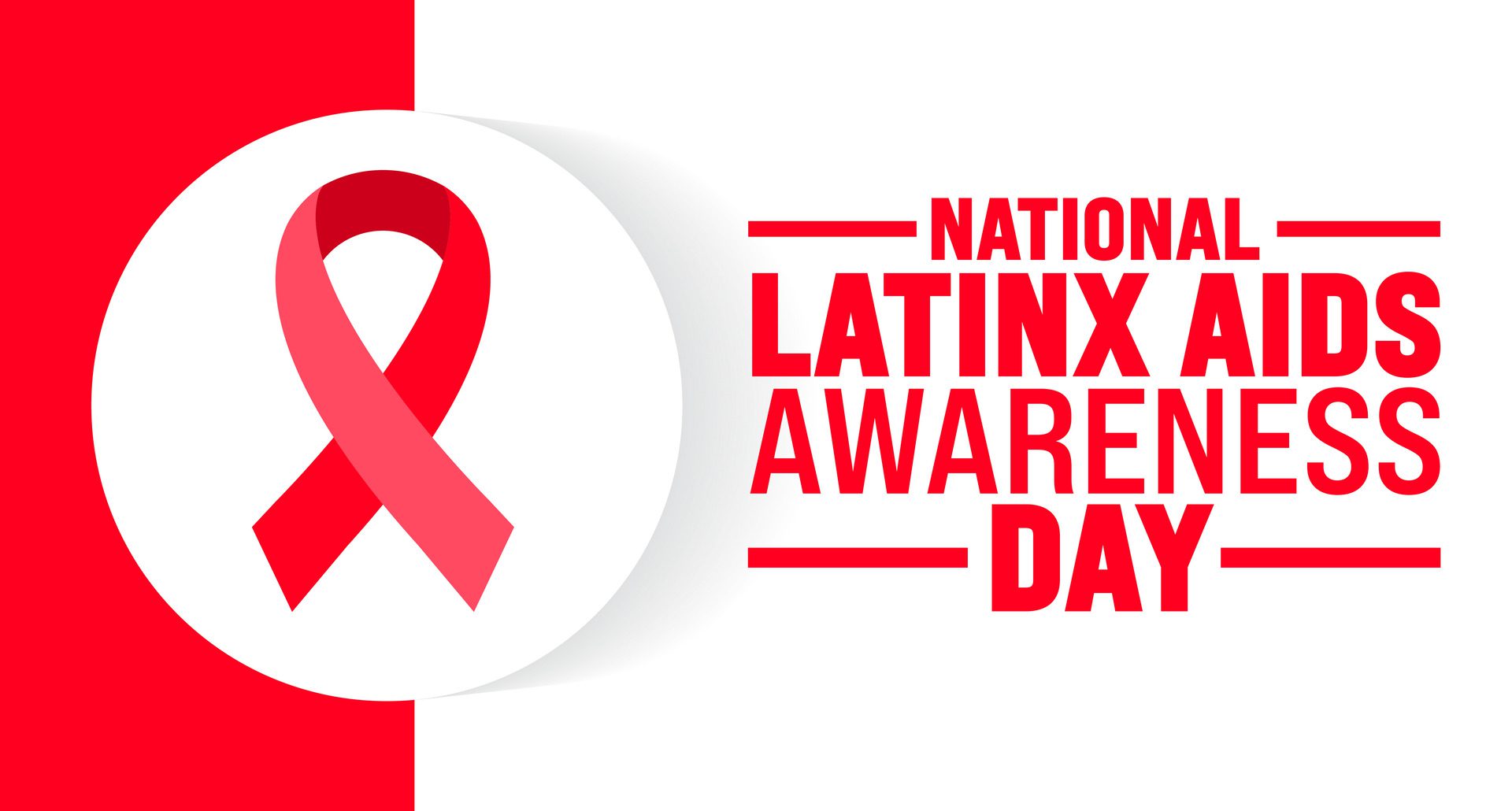Search by Color or Cause


October 15 is National Latinx AIDS Awareness Day (NLAAD). This awareness day was first observed in 2003 by the Hispanic Federation and the Latino Commission on AIDS. National Latinx AIDS Awareness Day is an opportunity to help address the disproportionate impact of HIV on Hispanic/Latinx communities. It also serves to promote HIV testing and, in addition, stop the HIV stigma. Further, this observance is a community mobilization effort. It helps promote the effective ways to prevent, treat, and stop the transmission of HIV among Hispanic/Latinx people.
It’s important to note that Hispanic/Latino people are disproportionately affected by HIV. Social and structural issues, such as racism, HIV stigma, homophobia, poverty, and limited access to high-quality health care also influence health outcomes. These factors continue to drive inequities. Wear a red pin or red ribbon on National Latinx AIDS Awareness Day to raise awareness about AIDS.
Hispanic and Latino communities across the United States are very diverse. Some of this population have lived in the country for a short time. Others have completed less formal education. Still others have limited English proficiency. All groups may be at a particular disadvantage when it comes to accessing HIV testing, prevention, and treatment services. As a result, these communities are disproportionately affected by HIV. For example, in 2019, Hispanic and Latino individuals accounted for 29 percent of new HIV diagnoses in the United States. However, they only make up 18.5 percent of the total population.
Reducing HIV-related disparities in Hispanic and Latino communities requires improved access to HIV testing, prevention, and treatment services. Further, HIV testing is critical for prevention efforts. When people learn they have HIV, they can take steps to protect their health and prevent further HIV transmission. HIV testing also enables people with HIV to start taking HIV medicines as soon as possible after HIV acquisition.
In the United States, HIV is spread mainly by:
HIV can also spread from a woman with HIV to her child during pregnancy, childbirth, or breastfeeding. You cannot get HIV from casual contact with a person who has HIV. This includes activities such as a handshake, a hug, or a closed-mouth kiss. And you cannot get HIV from contact with objects, including toilet seats, doorknobs, or dishes used by a person who has HIV.
Treatment with HIV medicines (called antiretroviral therapy or ART) helps people with HIV live longer, healthier lives. ART cannot cure HIV. But it can reduce the amount of HIV in the body (called the viral load). One of the main goals of ART is to reduce a person’s viral load to an undetectable level. An undetectable viral load means that the level of HIV in the blood is too low to be detected by a viral load test. People with HIV who maintain an undetectable viral load have effectively no risk of transmitting HIV to an HIV-negative partner through sex.
HIV medicines are also used for post-exposure prophylaxis (PEP) and to prevent perinatal transmission of HIV.